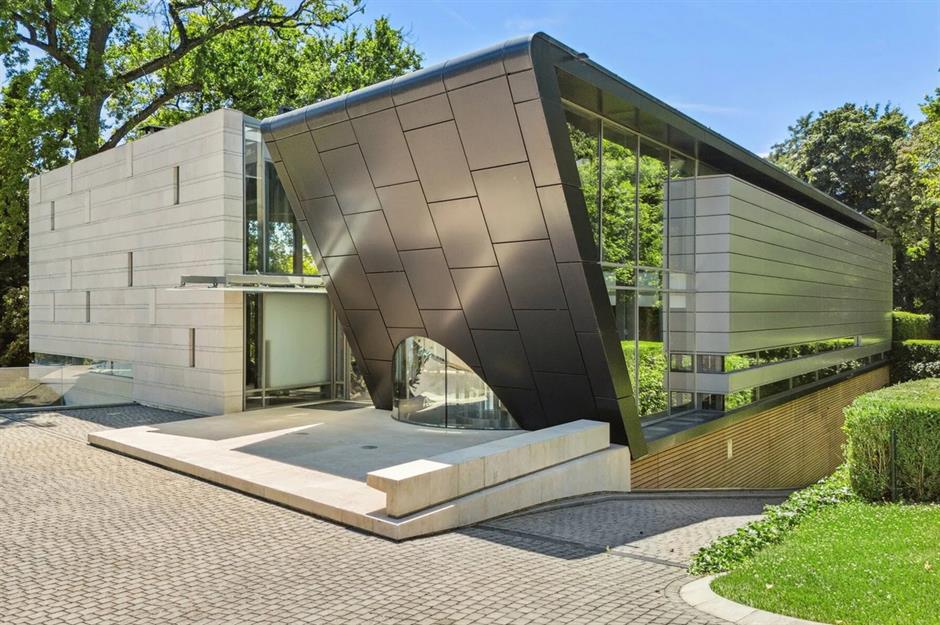“Muted tones represented a switch back to mother nature and a rejection of the synthetics from the 1950s and ’60s,” she further explains. “These hues are deeply comforting, which could be noticed as a response to the economic downturn, the oil crisis, and the close of the Vietnam War. In addition, a lot more awareness was provided to the environmental motion, which will make sense provided this palette’s much more normal connotations. Brown normally ties to a perception of dependability and steadiness, while gold is linked with illumination, and darkish orange represents warmth.”
1980s: Largely brilliant
Soon after we were completed hibernating in the earth tones of the 1970s, we looked towards brights and primaries to wake us again up in the 1980s. Cobalt blue, lacquer red, and sunflower yellow dominated more than white backgrounds, although neon pinks, teals, and purples glowed in the dim, glossing over any negativity with a client-completely ready optimism.
“More than something else, in the ’80s, we are looking at a big boom of consumerism, genuinely guided in by the onslaught of new Television programming,” suggests the designer Sophie Collé. “Americans particularly are paying out money like hardly ever ahead of. We see bright colours creep into Television, sporting activities programming, and ads. We also see bright colors on Television set echoed in actual lifestyle, and vice versa. I imagine bright colours can definitely be a defend from a lot of unhappy and frightening points going on in the earth! In standard, layout thrives on cash flow inequality, and colourful or not, these developments have a way of hiding authentic concerns heading on in society.”
1990s and 2000s: And it was all yellow
The inside hues of the 1990s and 2000s different greatly. Some of them went for understated, calming neutrals, though some others unapologetically played with dazzling, energetic hues. Yellow, in certain, was in particular emblematic of the sunshiny optimism and exhilaration for the potential that came to a head at the begin of the new millennium. Considering that then, folks have shied away from painting their partitions this kind of an assertive hue.





More Stories
Futuristic House Design Concepts That Wow
Traditional House Design Ideas That Stand the Test of Time
Eco Friendly House Design Ideas for Sustainable Living